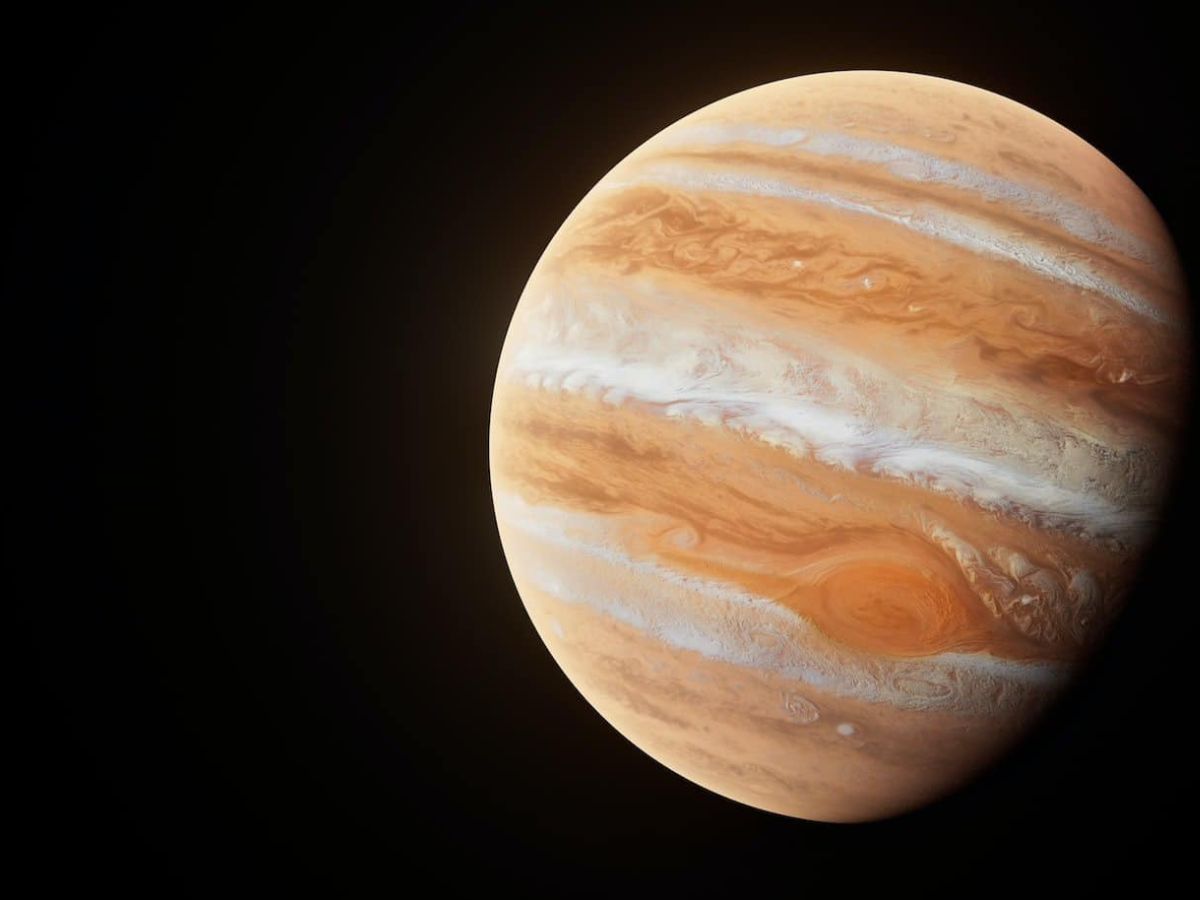
Jupiter, the largest planet in our solar system, boasts an impressive collection of moons. With over 79 known moons, each one has unique characteristics and intriguing stories. From the volcanic activity on Io to the potential subsurface ocean on Europa, these moons offer a glimpse into the diverse and dynamic nature of our cosmic neighborhood. Ganymede, the largest moon, even surpasses Mercury in size! Whether you're a space enthusiast or just curious about the wonders of the universe, learning about Jupiter's moons can be both exciting and educational. Ready to dive into the mysteries of these celestial bodies? Let's explore the 12 best facts about Jupiter's moons!
Jupiter's Moons: A Cosmic Wonderland
Jupiter, the largest planet in our solar system, boasts a fascinating collection of moons. These natural satellites range from tiny rock fragments to massive celestial bodies. Let's dive into some of the most intriguing facts about Jupiter's moons.
The Galilean Moons: Jupiter's Four Largest
The Galilean moons, discovered by Galileo Galilei in 1610, are the four largest moons of Jupiter. They are Io, Europa, Ganymede, and Callisto. Each of these moons has unique characteristics that make them stand out.
-
Io is the most volcanically active body in the solar system. Its surface is dotted with hundreds of volcanoes, some of which erupt lava fountains up to 250 miles high.
-
Europa has a smooth, icy surface with a subsurface ocean that might harbor life. Scientists believe that beneath its ice crust lies more water than all of Earth's oceans combined.
-
Ganymede is the largest moon in the solar system, even bigger than the planet Mercury. It has its own magnetic field, a rarity among moons.
-
Callisto is heavily cratered and ancient, with a surface that dates back about 4 billion years. It is one of the most heavily cratered objects in the solar system.
The Lesser-Known Moons: Hidden Gems
Beyond the Galilean moons, Jupiter has dozens of smaller moons, each with its own story to tell. These lesser-known moons add to the rich tapestry of Jupiter's satellite system.
-
Amalthea is the largest of Jupiter's inner moons. It has a reddish color due to sulfur and other materials from Io's volcanic eruptions.
-
Himalia is the largest member of the Himalia group, a cluster of moons that share similar orbits. It is thought to be a captured asteroid.
-
Elara is another member of the Himalia group and is the eighth-largest moon of Jupiter. It was discovered in 1905 by Charles Dillon Perrine.
The Irregular Moons: Oddballs of the Outer Orbits
Jupiter's irregular moons have eccentric orbits and are likely captured objects from the Kuiper Belt or beyond. These moons are fascinating due to their unusual paths and origins.
-
Sinope has a retrograde orbit, meaning it moves in the opposite direction of Jupiter's rotation. This suggests it was captured by Jupiter's gravity rather than forming in place.
-
Pasiphae is another retrograde moon and is part of the Pasiphae group, which consists of moons with similar orbits. It is believed to be a captured asteroid.
-
Carme is the largest member of the Carme group, a collection of retrograde moons. It has a reddish color, indicating a composition similar to D-type asteroids.
The Future of Jupiter's Moons: Exploration Awaits
With ongoing and upcoming missions, the exploration of Jupiter's moons is set to reveal even more secrets. These missions aim to uncover the mysteries of these distant worlds.
-
NASA's Europa Clipper mission, set to launch in the 2020s, will conduct detailed reconnaissance of Europa's ice shell and subsurface ocean. It aims to determine if the moon could support life.
-
ESA's JUICE (Jupiter Icy Moons Explorer) mission will explore Ganymede, Callisto, and Europa. Scheduled for launch in 2022, it will study these moons' potential habitability and their interactions with Jupiter's magnetosphere.
Final Thoughts on Jupiter's Moons
Jupiter's moons are truly fascinating. Each one has its own unique features and mysteries. From Io's fiery volcanoes to Europa's icy surface, there's so much to learn. Ganymede stands out as the largest moon in the solar system, while Callisto intrigues with its ancient, cratered landscape. These moons aren't just rocks in space; they're worlds with potential for future exploration. Scientists believe Europa might even harbor life beneath its icy crust. Understanding these moons helps us learn more about our own planet and the universe. So next time you gaze at the night sky, remember the incredible stories these moons hold. Keep your curiosity alive and who knows? Maybe one day, we'll uncover even more amazing facts about these celestial wonders. Jupiter's moons remind us how vast and mysterious our universe truly is.
Was this page helpful?
Our commitment to delivering trustworthy and engaging content is at the heart of what we do. Each fact on our site is contributed by real users like you, bringing a wealth of diverse insights and information. To ensure the highest standards of accuracy and reliability, our dedicated editors meticulously review each submission. This process guarantees that the facts we share are not only fascinating but also credible. Trust in our commitment to quality and authenticity as you explore and learn with us.


